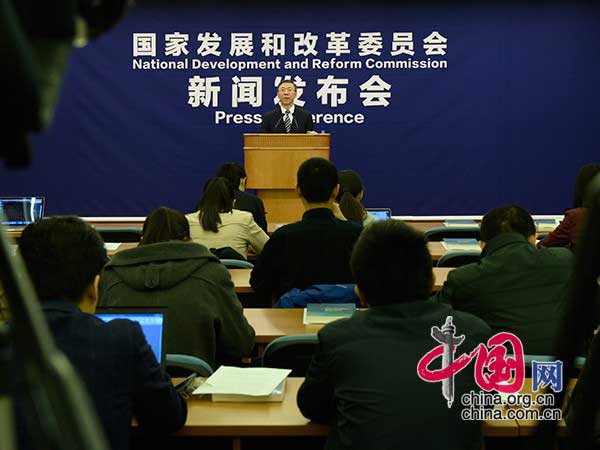China’s GDP is a widely watched number for the market as the latest global economic indicators are fragile.

China's top economic planner, the NDRC, says China used more electricity in the first quarter of this year than in the same period in 2015.
China’s top economic planner, the NDRC, says China used more electricity in the first quarter of this year than in the same period in 2015.
Bucking the forecast, China is teasing the market with upbeat economic figures. The market consensus points to the slowest annual growth in Q1 for China since the 2009 financial crisis.
But China’s top economic planner, the NDRC, says China used more electricity in the first quarter of this year than in the same period in 2015. And the pace of growth quadrupled from a year ago.
“We see stronger demand for power in the services sector and households, which contributed 3-percentage points to the increase in total first-quarter power consumption,” said Zhao Chenxin, NDRC spokesman.
Meanwhile, the industrial sector also bought more electricity in the first quarter, reversing a downturn but also only posting a marginal recovery.
What could be a relief is that diesel consumption, which reflects industrial and agricultural activity, surged 3 percent in March, flipping a yearly drop in the first two months.
On top of that, China approved more than U.S.$850 million in fixed asset investments in March. Analysts say China is banking on such investments to boost economic output.
The NDRC says the downward pressure on China’s economy has not disappeared but companies are feeling less strained with their finances.
“On the back of a recovery in demand, and narrowing drop in factory gate prices,” Zhao said. “Industrial firms in China had new profits of 35.5 billion yuan in the first two months this year, up 4.8 percent. That changes the downward trend of 2015. It’s the first monthly gain since last June.”
But the downside is that those companies are still heavily in debt. The Financial Times estimates that the total corporate debt in China stands at 160 percent of GDP, while the overall debt level is still twice the size of the country’s economic output.
The issue has also been recognized by the People’s Bank of China in the middle of an overseas assets shopping spree by over-extended Chinese companies.
Recent months have shown that any shock to the stability of China’s financial system would trigger panic among global investors.
Analysts say the PBOC is ready to open fire on money supply to meet growth targets, and help debt-laden industrial firms refinance expensive debt.
The analysts also say it is key for China to work off the debt-fueled growth since 2008, to reach a services heavy economy and to secure the confidence of global investors.















